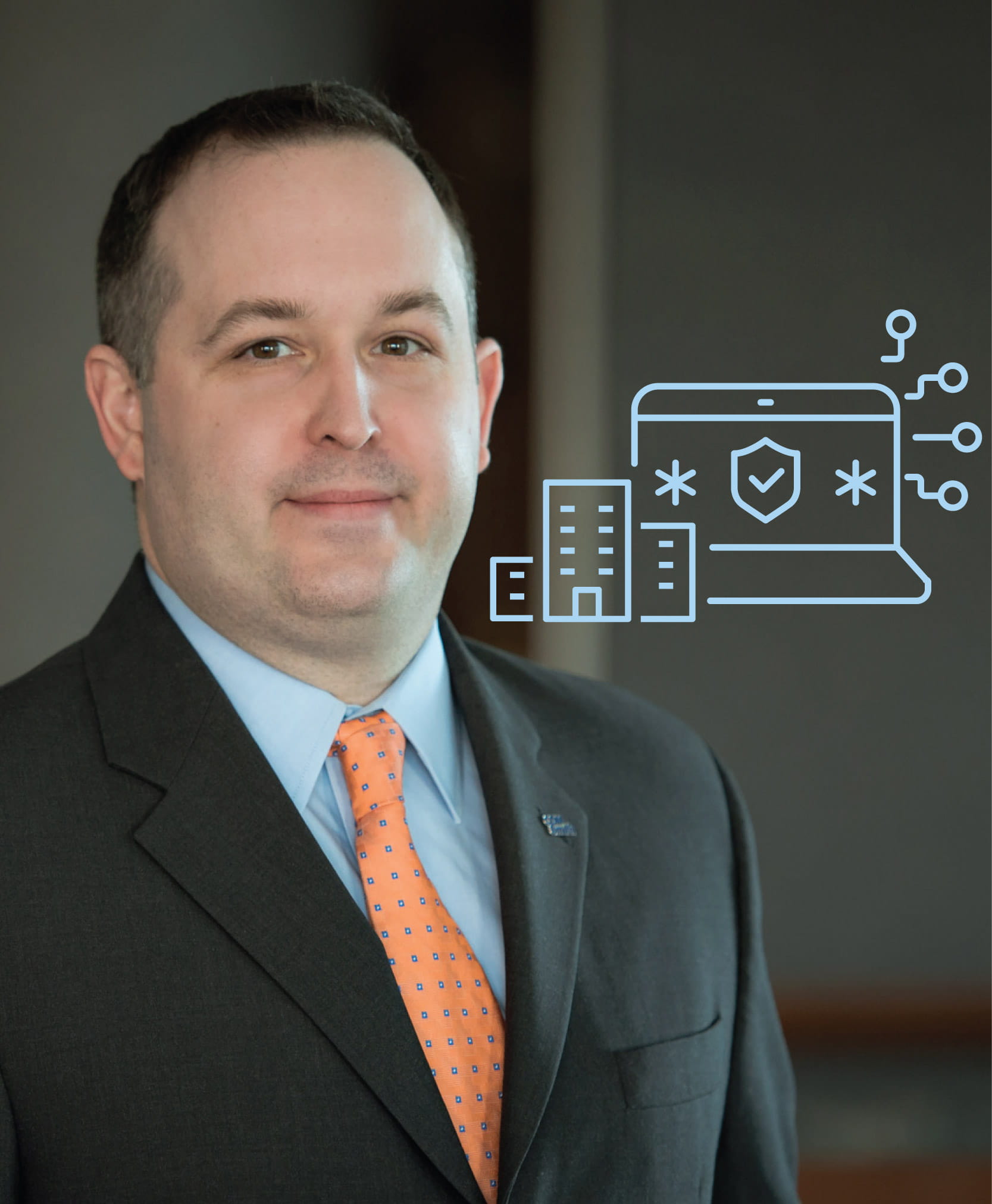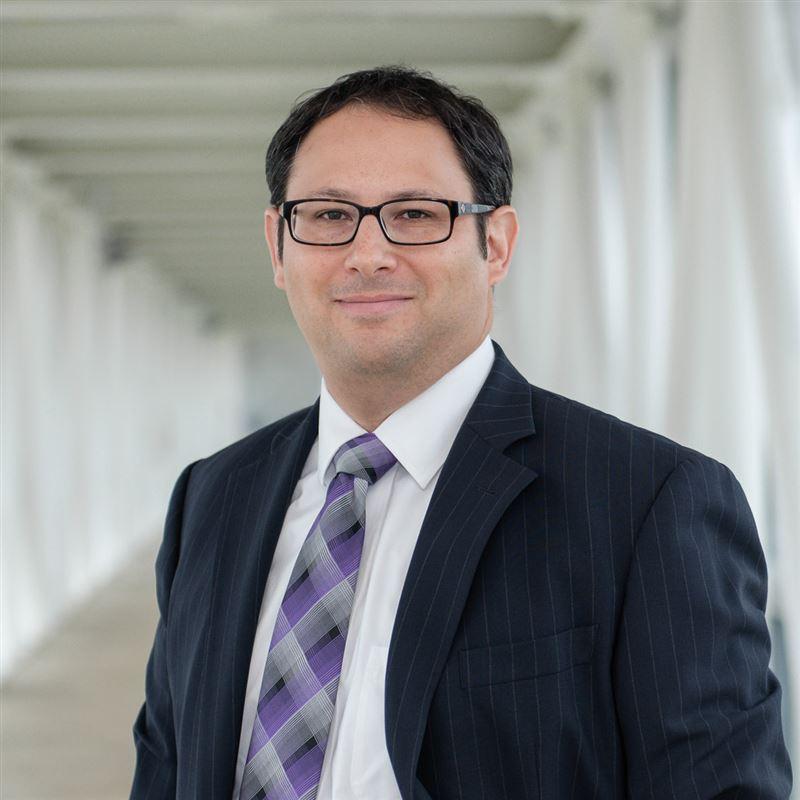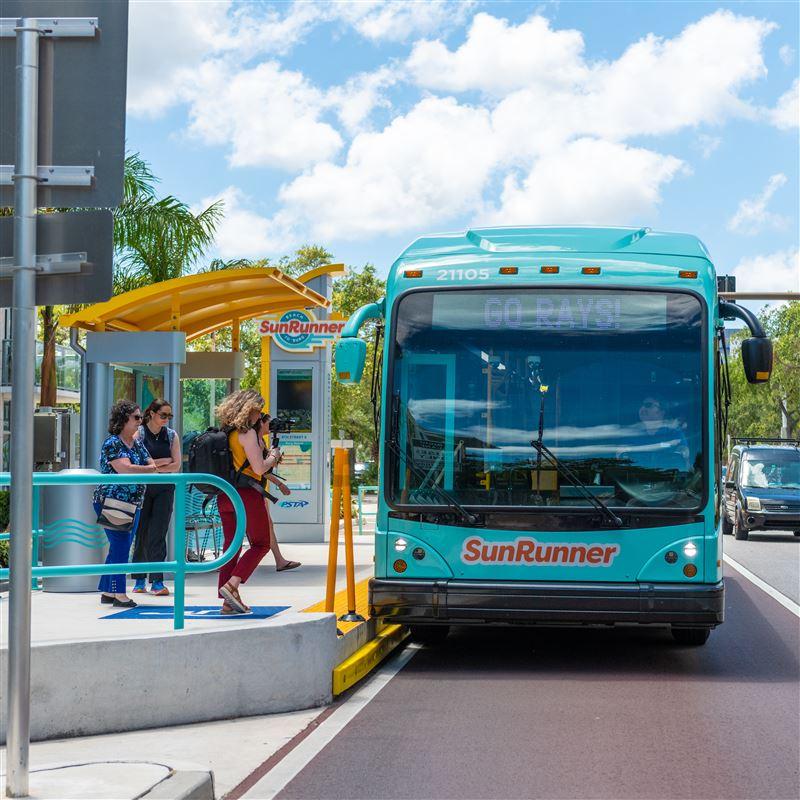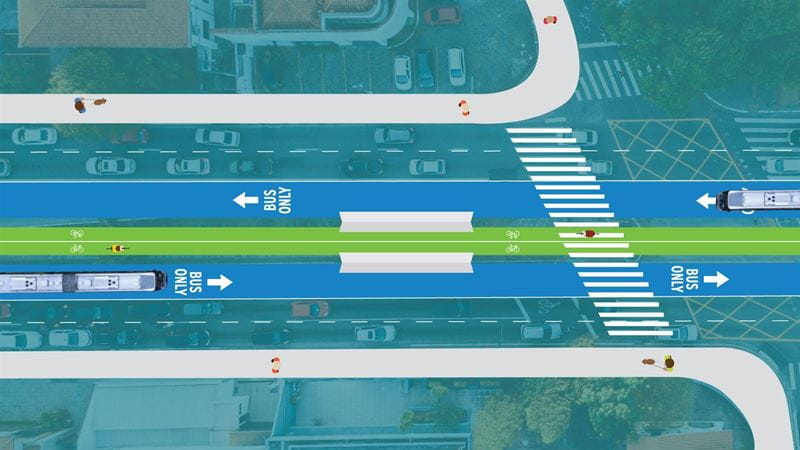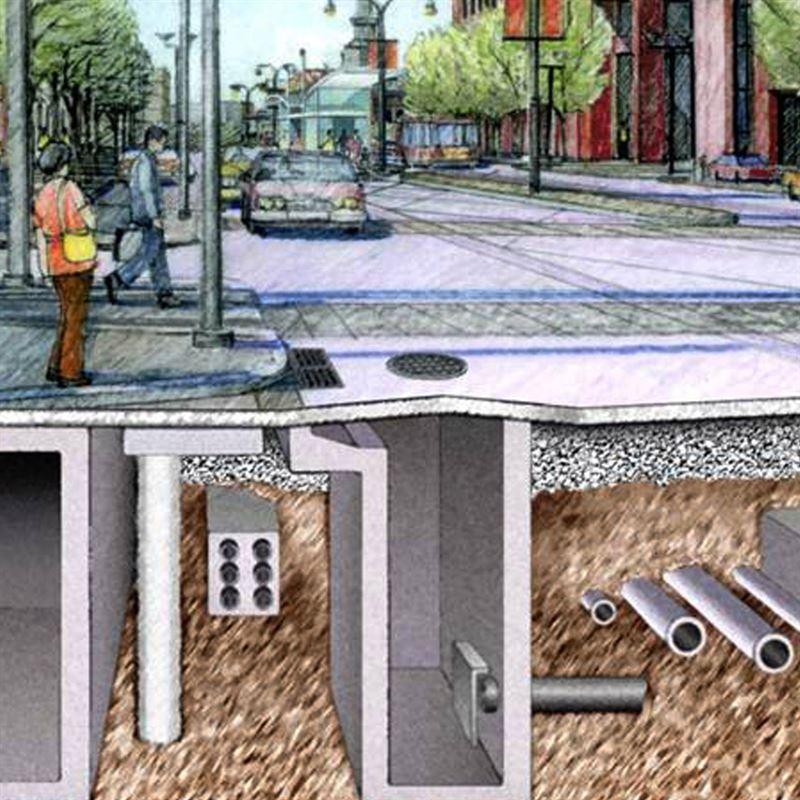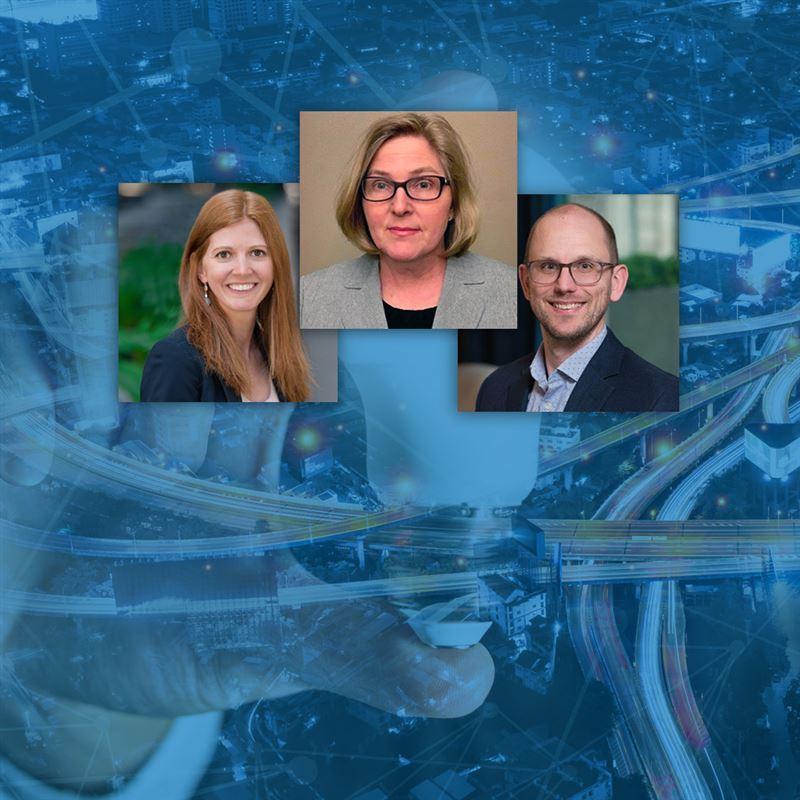What's a Smart City, Anyway? How Do I Bring My Vision to Life?
Whenever a city improves upon its existing infrastructure to incorporate more data-driven or connected technologies, it becomes “smarter.” This advancement, coupled with the Complete Corridors philosophy, is helping communities solve their transcending challenges in equity, sustainability and resource management.
We’ve brought together our top experts in water, transportation, energy, data and climate resilience and asked them to dream up a world in which cities of the future are optimized for everything from faster bus routes to fully connected microgrids. We’ve broken down their advice in six simple steps.
1. Tackle the easy stuff first
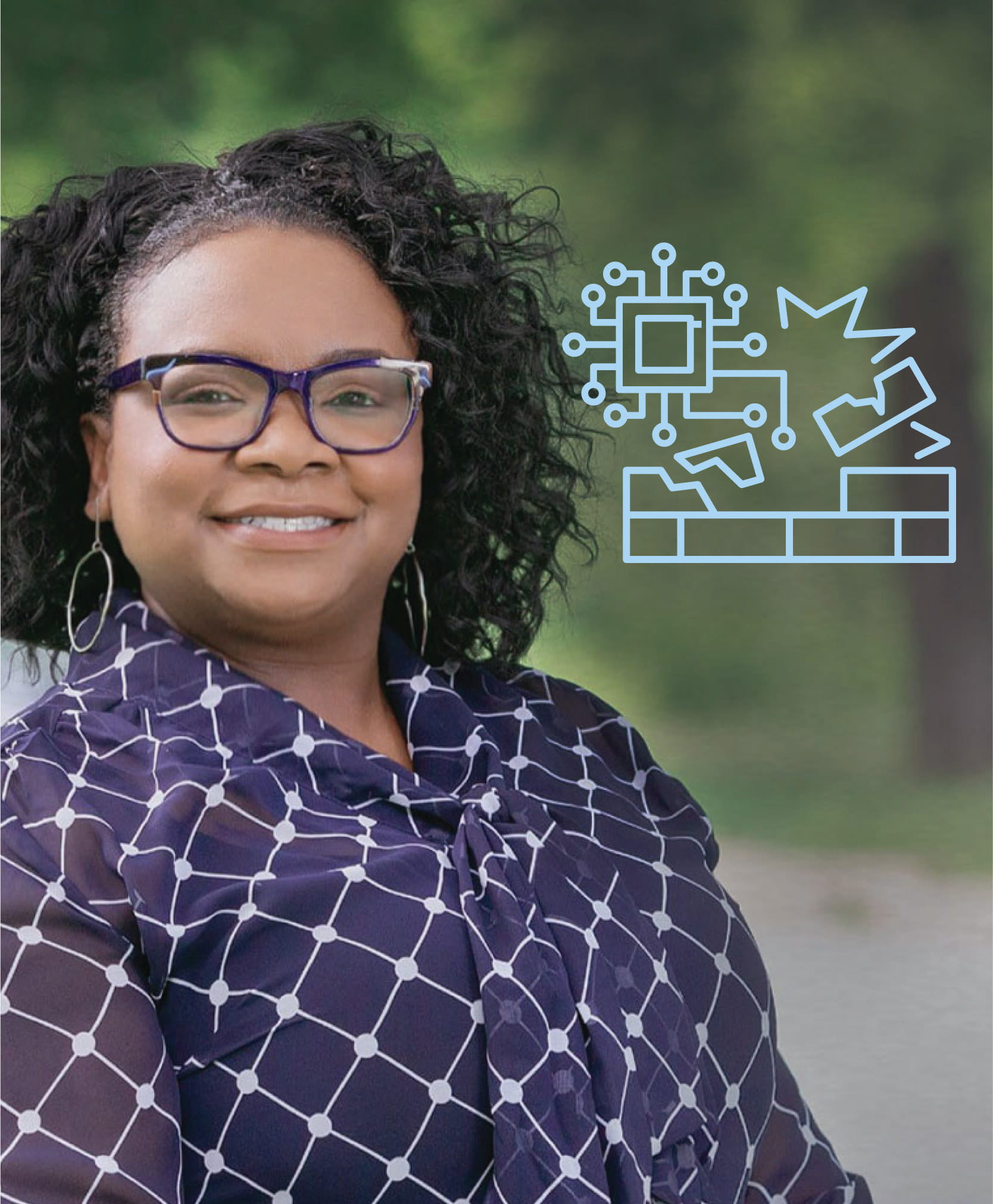 Start by reviewing your current policies and procedures to see what quick preventative measures you can take to decrease the generation of waste. Encourage your community to make daily changes that promote sustainability: taking five-minute showers, using recyclable shopping bags, carpooling, limiting overbuying at the grocery store, building compost piles for food waste, replacing leaky faucets, and other small changes that can add up to a big difference.
Start by reviewing your current policies and procedures to see what quick preventative measures you can take to decrease the generation of waste. Encourage your community to make daily changes that promote sustainability: taking five-minute showers, using recyclable shopping bags, carpooling, limiting overbuying at the grocery store, building compost piles for food waste, replacing leaky faucets, and other small changes that can add up to a big difference.
Transportation planning expert Davonna Moore adds that these don’t have to be huge lifts. “For decision-makers, mall-to-medium-scale changes like curb management implementation and organizing delivery at non-peak times would allow your city to run more efficiently and better poised for future investments,” she says.
2. Develop a digital system to capture and collect data
“Think of it like a home security system for your city,” says energy expert Matt Goss, “keeping you safe via 24/7 surveillance, alerting you to issues before they arise, providing actionable knowledge to help you make smarter decisions, and performing operational intelligence to improve efficiencies within your system.”
Goss adds this is easier than ever thanks to the technological advancements and widespread availability of sensors and other data-collection devices.
3. construct an infrastructure audit
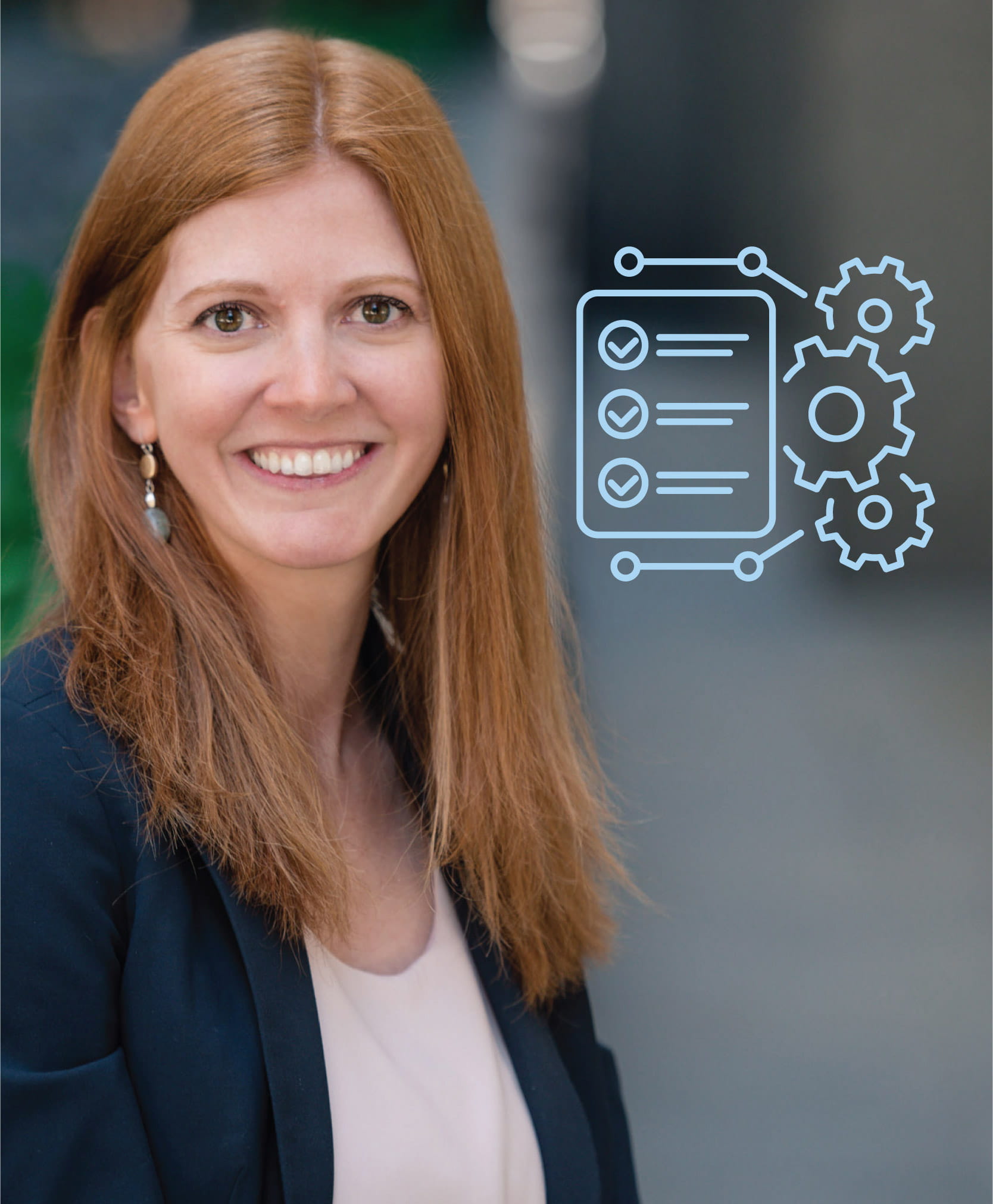
4. re-examine your city's layout
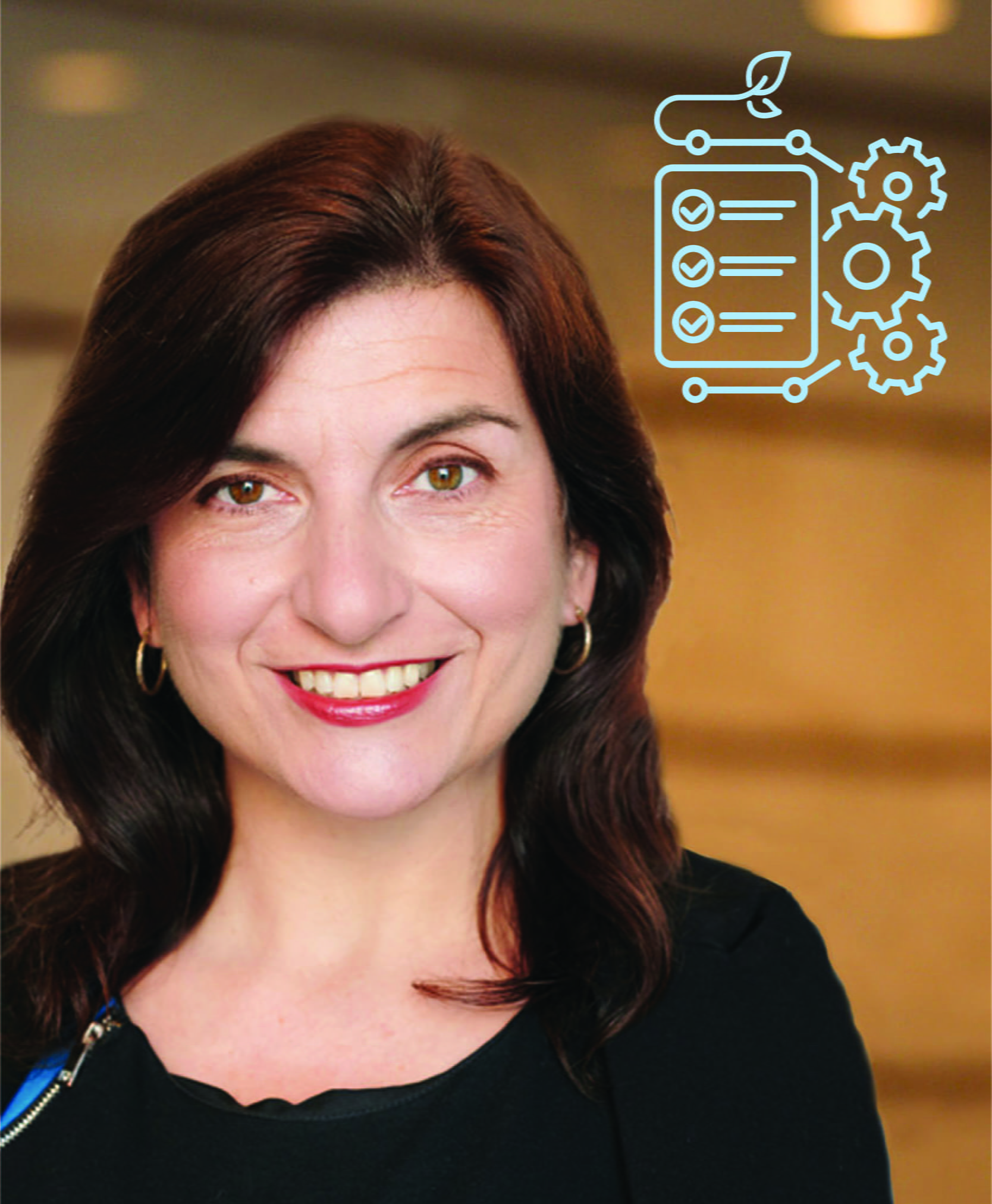
5. Invest in innovation, equity and inclusion
Whether that be with monetary budget or human resources, cities that use their data to take care of their people will be a huge differentiator.

Lauren Miller, climate resilience leader, shares her experiences. “My city currently uses a crowdsourcing app to gather and distribute information about emergency and non-emergency events in the area—everything from burst pipes to branches in the road. As both a city resident and a resiliency expert, I find this crowdsourcing strategy extremely useful because it gives city leaders the ability to protect residents while also giving every resident a seat at the metaphorical table.”
6. Break down your to-do list into short- and long-term measures
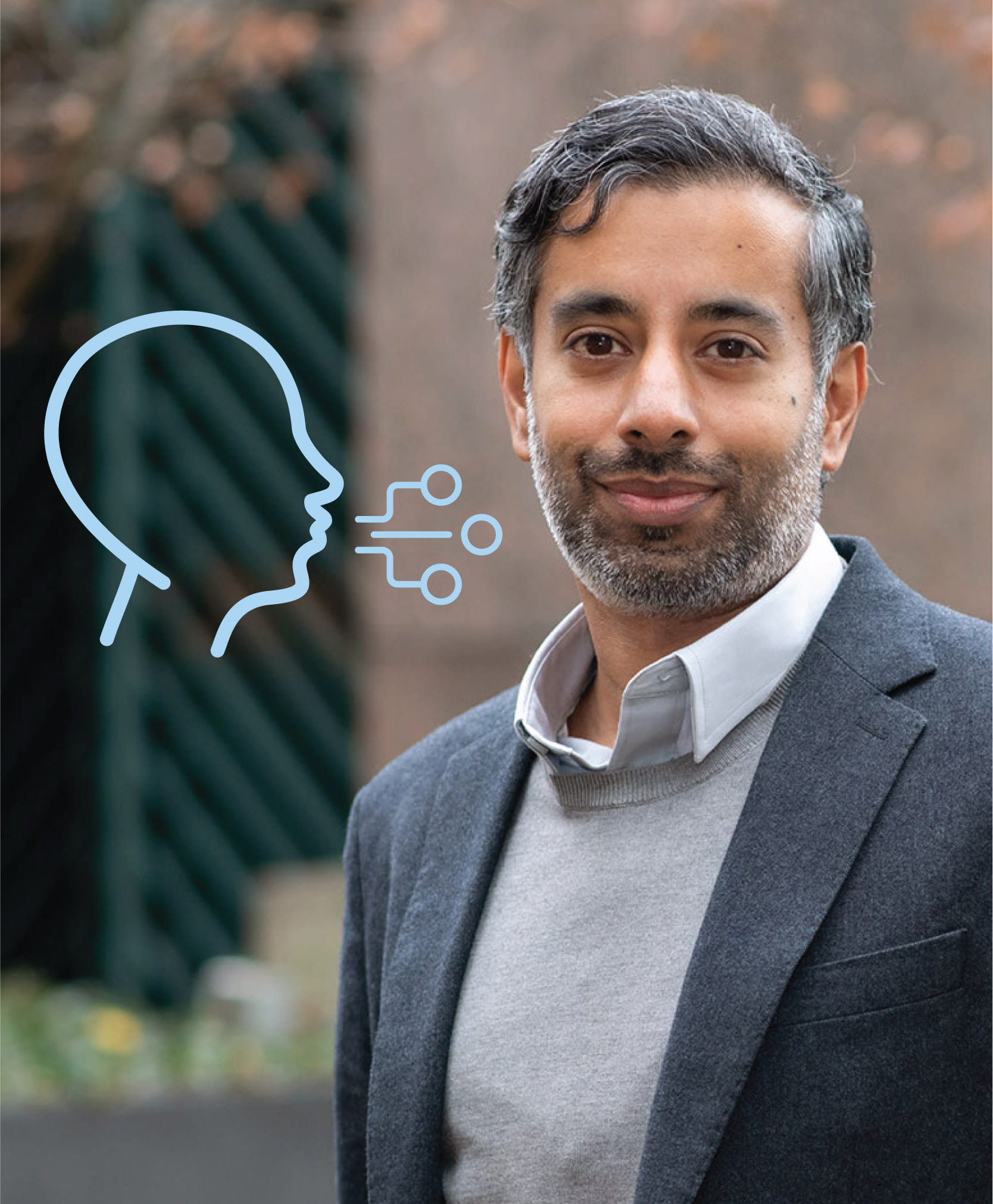 In the short-term, city managers and controllers could institute a tax break or small fee reduction in things like trash disposal fees for community organizations that practice sustainable behaviors. They also might further define categories like collecting recycled water for lawn care using rain barrels, using greener pesticides for lawn care, or implementing de-icing measures that don’t include chemicals or discharge to a potable water supply source.
In the short-term, city managers and controllers could institute a tax break or small fee reduction in things like trash disposal fees for community organizations that practice sustainable behaviors. They also might further define categories like collecting recycled water for lawn care using rain barrels, using greener pesticides for lawn care, or implementing de-icing measures that don’t include chemicals or discharge to a potable water supply source.
Longer-term, digital strategist Rajan Ray thinks it’s become crucial for everyone within an organizational department to ‘speak the same language’ and have access to the same data streams. “This will help level the playing field amidst all the competing priorities and resources,” he says.
Organizations will also want to be thinking about things like increased cybersecurity measures, large-scale smart mobility upgrades (like dynamic pricing, usage-based car insurance and multi-modal planning) and land use optimization strategies. And, as Goss points out, truly proactive cities will be up to date on all the robust grant funding opportunities that can support their early phases of smart city planning.
The path to tomorrow’s smart cities might not look the same for every municipality, but all communities should feel empowered to make steady progress toward a fairer, safer, more efficient and sustainable future.


